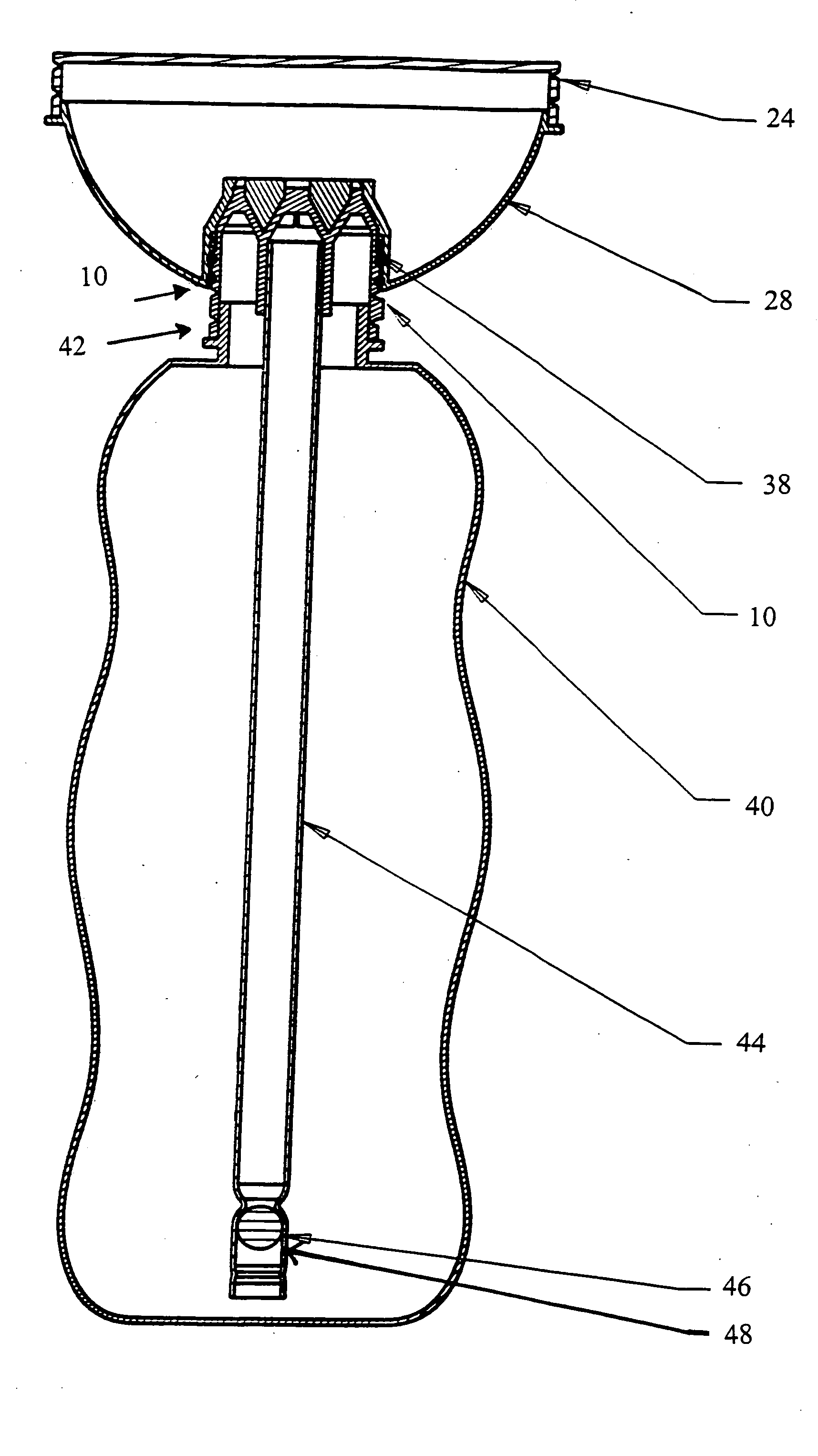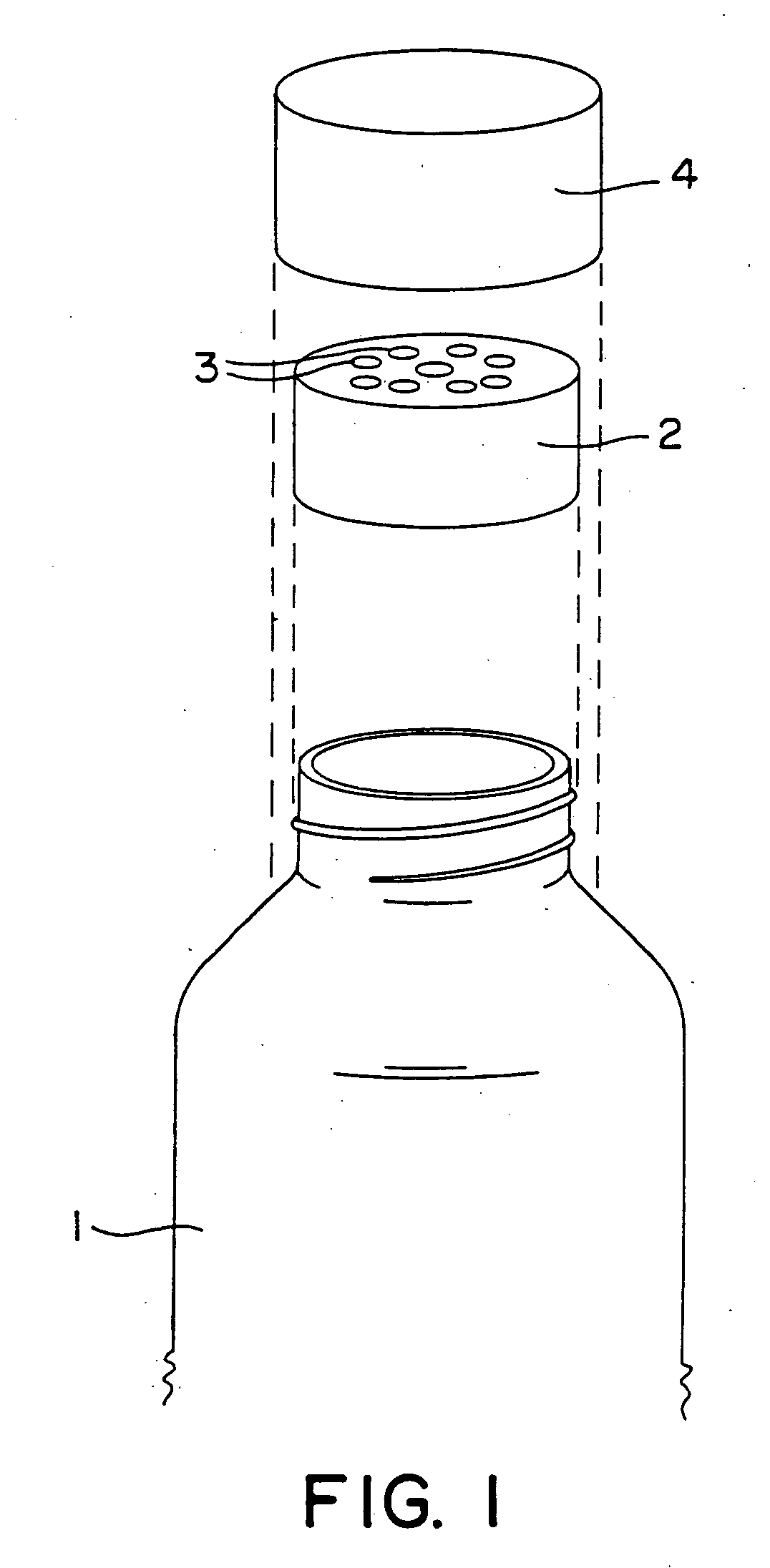Novel wound irrigation device and method
a wound irrigation and wound technology, applied in the field of new wound irrigation devices and methods, can solve the problems of destroying the purpose affecting the effect of the irrigation process, and affecting the effect of the wound, so as to achieve the effect of convenient, effective and convenient manual wound irrigation
- Summary
- Abstract
- Description
- Claims
- Application Information
AI Technical Summary
Benefits of technology
Problems solved by technology
Method used
Image
Examples
example 1
Methods of Wound Irrigation
[0082] When a patient presents a wound to a medical or other health care professional skilled in the art, that medical professional assesses the extent of the injury sustained by the patient, including all other life threatening injuries. Appropriate action regarding these life threatening injuries is performed and a history is recorded. All wounds are covered to minimize further contamination until the actual repair process begins.
[0083] For examination of the wound, it is assumed that a medical professional would have performed a detailed evaluation of the extent of tissue injury, including but not limited to: anatomical area considerations, depth of the wound, type of injury, e.g., crush injury, puncture wound, bites, missiles, cuts with sharp objects, or the like. Included in this examination would be a determination of the type(s) of contamination, time elapsed between the occurrence of the injury to presentation, gross contamination of a wound, and...
PUM
 Login to View More
Login to View More Abstract
Description
Claims
Application Information
 Login to View More
Login to View More - R&D
- Intellectual Property
- Life Sciences
- Materials
- Tech Scout
- Unparalleled Data Quality
- Higher Quality Content
- 60% Fewer Hallucinations
Browse by: Latest US Patents, China's latest patents, Technical Efficacy Thesaurus, Application Domain, Technology Topic, Popular Technical Reports.
© 2025 PatSnap. All rights reserved.Legal|Privacy policy|Modern Slavery Act Transparency Statement|Sitemap|About US| Contact US: help@patsnap.com



